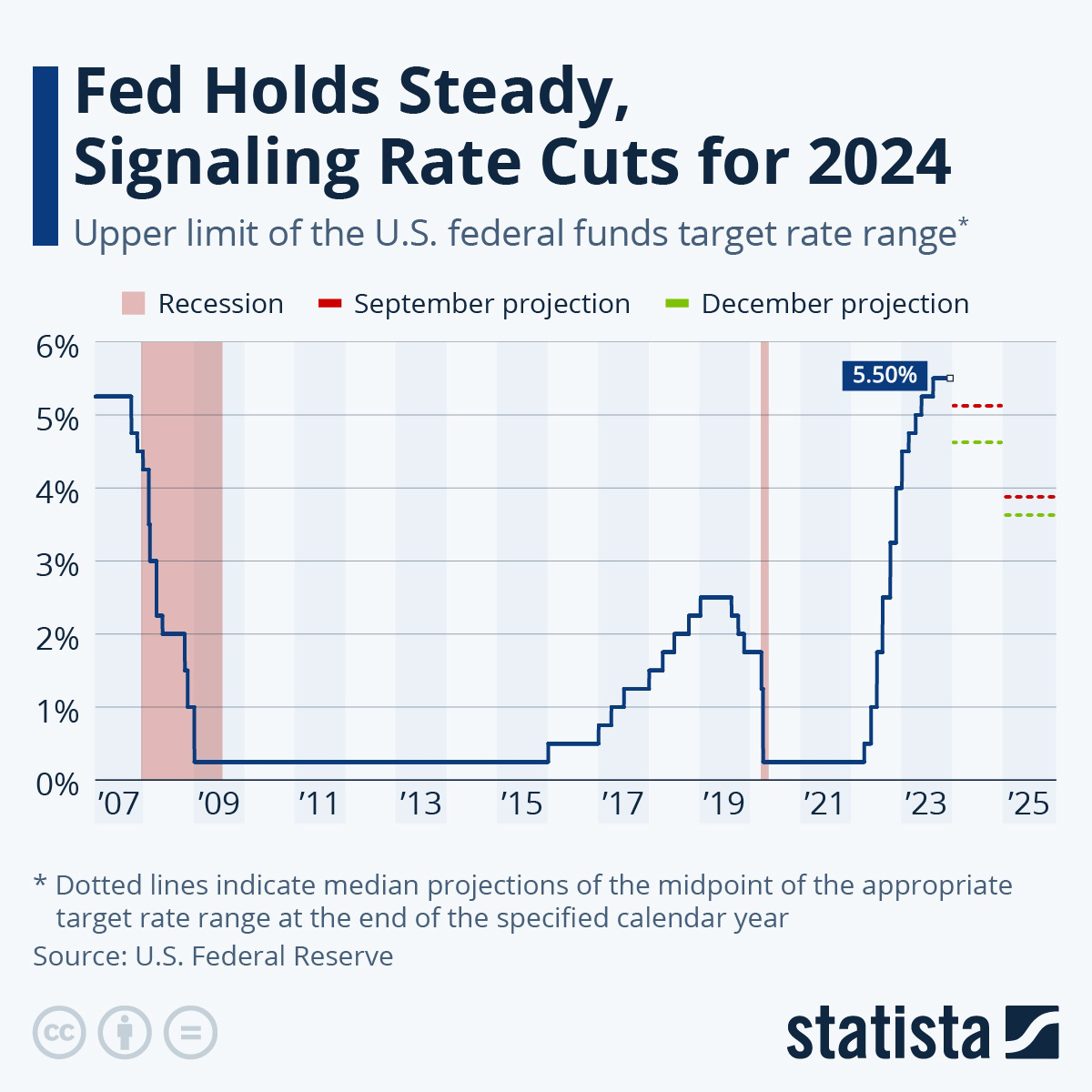Profitable? I thought it was a loss leader to get people into Amazon’s gaming ecosystem.
I’d care if it was profitable when it was on its own, but now that it’s part of Amazon, I assumed it was just part of a Prime sub.
Translation: “We never had an actual business plan.” Which is pretty much every Silicon Valley corp for the last 25 years.
NeverWas.jpg
It’s assinine that these companies keep investing in ideas that A/ Rely on video and B/ Rely on the majority of their content creators contributing their content for free.
The only thing that Twitch was ever going to do was drive traffic elsewhere. Hence why Amazon bought them. But they failed to get good at being Twitch. It still sucks in terms of performance and there’s no subsidiary platform for Twitch clips. Also didn’t they chase off most of their adult content creators?
So they’re basically trying to be profitable off of traditional advertising? Ha!
I hate to say it because I hate YouTube, too, but they’re getting pretty close to being as good at hosting streaming as Twitch is. The fact that full-length streams can just be saved straight to the user’s YouTube channel, with chat and everything else intact, is a pretty rad feature.
I find twitch to be a live-first platform.
Sometimes it’s hard to tell if something on yt is live, if a channel is currently live etc.
And things like raids (sending your viewers to another channel) and clips (user selected segments of streams) which helps build community.
Twitch is a community, and a community of communities. I’ve never found that feeling on YouTube.
I do like how easy it is to rewind YT live streams, tho.I hope twitch gets some decent competition (and not something that buys a few high profile streamers and expect the rest to work… because it’s the smaller communities that makes twitch more than shroud/xqc/whoever).
But I have no idea how someone would actually make it profitable, never mind build the level of smaller communities that twitch has.
So little of our modern internet is realistically profitable in the long term. Same with other big segments of tech.
They exist do to this notion of “ if we just get the user base and replace this old thing with our new thing, we can then monetize later.” They think they are successful because their new services is more innovative or better than existing services, some times they are, but people don’t use them because of that. People use these services because they are cheap, free, or convenient.
If you try and charge for the real cost of operations, or monetize in some other way (basically all options here make it less convenient or hurt UX), people wouldn’t use them. Ether they have to keep operating at a loss or lose their dominant market position and survive on captive audiences.
Modern tech is an oroborous of investors subsidizing the new guy to dethrone the old guy. But this only works so long as there is investor cash available to subsidize all this stuff, and that’s starting to dry up because of shifts in the world market. Labor shortages forcing industry to substitute capital for labor, meaning they’re competing for capital with tech, for example.
The biggest for profit platforms are getting worse and more hostile to users/content-creators in an attempt to turn a profit, nothing new there, but now there is way less money to fund cheap convenient new start ups to replace them as they die off. If I had to wager a guess, much more basic, less feature rich, and cheaper to operate alternatives are going to start eating the lunch of these platforms.
Some of it maybe new start ups that just don’t have the funding to develop their platforms beyond the bare minimum people will accept, some might be community organized projects that are run by volunteers and donations, see Wikipedia. Maybe decentralized interoperable systems where the capital and labor can be distributed over a larger number of willing parties.
Ether way we’re going to see a lot of blood in the water over the next few years.
The sad thing is that if all these investors, finance bros, and tech bros actually paid their taxes and paid their employees decent salaries, so that income and wealth inequality was lower and more people had more money than barely enough to live on… people would have spare money that they might actually spend on things like better services that have fees attached. People use the free, cheap, convenient options because they don’t have the time or money to spend on the higher quality ones, since the vast majority of internet services are luxuries, not essentials. No one’s going to pay for Twitch if they’re spending all their money on ridiculous things like food and rent. The best way to make the internet profitable is, in fact, to redistribute wealth away from the investors, finance bros, and tech bros who are so desperate for the internet to be profitable.
See, the problem is that if they did that, then there would be far less incentive to work at the soul sapping companies they own.
After all, who would choose to take a job at a company where you push
heroinpain killers on economically distraught communities, if you were not also threatened with being relegated to the same desperate conditions? Who would willing make purposefully addictive Skinner box games and social media sights, if they were not threatened with homelessness and depersoning for failing to pay their 2000 dollar a month rent?How could they possibly ever get people to do these kinds of absolutely necessary jobs if there wasn’t an unspoken threat of starvation, death and violence hanging over everyone’s head. I mean they’d not be able to make all the money that they then hoard.
They exist do to this notion of “ if we just get the user base and replace this old thing with our new thing, we can then monetize later.”
This has been the case since at least the .com bubble (and subsequent crash) in the late 90s to early 2000s. Even now, 25 years later, things haven’t changed much.
The main monetization strategies are still either to:
- Charge money for the service, which people don’t like since they expect way too much for free. It also alienates low-income users. OR
- Show ads, which people don’t like because ads. The increasing expenses and lack of people willing to pay for services has resulted in ads becoming larger and more intrusive. It’s a cycle that I’m not sure anyone knows how to fix yet.
There’s a newer third option but it’s mostly for smaller services:
- Admins pay the costs out of their own pockets, and allow users to donate to support the service
It’s part of the reason why I think decentralized services could be the future. Lemmy or Mastodon can have a lot of small servers with reasonable costs spread across many admins, instead of one centralized service that costs a significant amount to run.
It’s part of the reason why I think decentralized services could be the future. Lemmy or Mastodon can have a lot of small servers with reasonable costs spread across many admins, instead of one centralized service that costs a significant amount to run.
Ohh, absolutely, or rather, it is the past. I mean, internet was built that way, as a resilient federation of networks and protocols. Lemmy could be seen as us just rediscovering emails after the tech giants almost succeeded in killing it. We should approach all the services we use by asking ourselves basic sustainability questions:
-
is that thing opensource?
-
self hostable?
-
does it federate/interoperate with equivalent services?
-
can I pull my data out of it/relocate to another provider on a whim?
-
if not, is this a trustworthy and ethical business?
-
is it profitable?
-
are there open financial records available showing where/for what the money is going?
-
is it at risk of being acquired?
-
is it subject to foreign/unlawful interference
Etc Etc
Ohh, absolutely, or rather, it is the past. I mean, internet was built that way,
Exactly! I miss those days, where search engines mostly returned small websites with useful info.
can I pull my data out of it/relocate to another provider on a whim?
This is actually kinda tricky with ActivityPub-based services like Lemmy and Mastodon. Sure, you can move provider, but you lose your original username since usernames are tightly coupled to the instance you’re using.
BlueSky’s approach is better. Currently they’re the only provider using their protocol, but they have plans to decentralize. You can use your own domain as your username, regardless of which provider you use. If you move provider, your username can move with you, you just need to update some DNS records to point to the new provider.
Ohh, absolutely, or rather, it is the past. I mean, internet was built that way,
-
This isn’t surprising in the least. They’ve been pushing more and more ads recently; trying to get streamers to run them more often. I hate ads, so I have always opted for a short pre-roll so that when its done, viewers won’t have to worry about ads anymore. But I think Twitch will eventually force streamers to run ads every half hour, no matter how many people they scare off.
People don’t realise how expensive video streaming is, especially at a larger service’s scale. There’s no just way to have a fully free service with no ads (or even just minimal ads).
It’s not even the servers or VOD storage. It’s the bandwidth.
Live streaming isn’t cheap. AWS have example pricing:
https://docs.aws.amazon.com/solutions/latest/live-streaming-on-aws/cost.htmlNow, expect twitch to get a hefty discount. Even if they are paying 30% of that cost (and I’ve pulled that number out of my ass), that’s $500 per hour for a 10k viewer stream (and that’s assuming an average of 4mbps bitrate, not the source 8mbps).
A 10k (8mbps bitrate, so 80,000mbps or 80gbps total sending - egest? - bandwidth) viewer streamer is going to be on a 70/30 split.
So for a $5 sub, twitch is getting $1.50.
So that’s 330 subs per hour, or 5.5 subs per minute, or 1 sub every 11 seconds to cover the bandwidth costs.AWS EC2 outbound bandwidth calculators align pretty closely with these costs, so it’s not like “video connections get the cheap networks” or anything.
It’s all of that plus the cost of the servers, electricity, employees, etc. I’m not sure if they use AWS, but they’d definitely be using a premium blend of upstream providers (no second-rate providers like Cogent, Psychz, M247, etc) to avoid latency and reduce buffering, which I’m sure is what AWS does for their video streaming service too.
I wouldn’t be surprised if Twitch hit egress bandwidth usage in the order of terabits per second during peak times. Having that much bandwidth available is not cheap.
The tricky thing with streaming is that the data can’t be cached, since it’s streaming in real-time, so it’d cost way more than stored on-demand video like YouTube. Big companies like Netflix, Facebook, Google, etc give large ISPs some of their caching hardware (usually for free). It significantly reduces bandwidth costs for both the ISP and the service, as YouTube and Facebook are often over 50% of an ISPs bandwidth usage.
If you look at a popular YouTube video, or a popular video or image on Facebook, it’s likely coming from within your ISP’s network, which is practically free for them. The caching box only needs to download it once from the upstream servers. None of that is doable with a live stream.
Like I care. Amazon bought it, they have a monopoly, hey maybe these consumer facing startups would be more profitable if all the money wasnt already distributed so unevenly?
The answer is so simple and yet the daft ceo does not get it. Just stop blocking users from seeing all the game channels they favourited. At the moment, whatever game channel I favourite, disappears into my library and never appears on my listings of favourites. Twitch modifies everything you do without telling you. Well, STOP IT YOU DUMB FUCKS. So bloody annoying. If they fixed this, everyone would use twitch for games and twitch would bea5 every other website. Colossal stupidity.
I would hesitate to take a CEO on his word, but if it is actually unprofitable, that’s no accident, it’s an attempt to corner the market, instead of building something sustainable. Tech companies everywhere keep doing this and it has to stop.
This. They clearly overextended due to the boom in streaming during the pandemic, and are now reacting to the contraction in content consumption both here, and on YouTube.
It’s critical that Twitch is here not just today, not just tomorrow, but 50 years from now, 100 years from now. Our job is to run Twitch in a manner that can ensure its prosperity […]
I know the guy is peddling bullshit to justify the layoffs, but 50 years from now, really? Publicly traded companies / stakeholders rarely care about 5 years from now…
100 years from now? This guy is delusional.
My guess is he’s using that statement to sidestep criticism of layoffs. I mean, is it wrong to take the long view? No. Does that mean they had to lay off people and put them in a precarious situation? Maybe, maybe not. But the explanation that sounds palatable.
This is essentially admitting that the cheap money dried up as interest rates returned to normal and now they’re in trouble.
This is basically the story of the last year in tech and while the fed has indicated rates aren’t going to rise further and may start to decline in 2024, we’re unlikely to return to the ultra low rate environment that’s existed for the past 15 years.
I fully expect we’ll hear a lot more stories like this as Silicon Valley companies are forced to actually operate as profitable businesses.
This. People quickly forget about this:

2008’s free money is gone, COVID-19 free money reprieve is gone, now it’s time to show your work or go bust.
Twitch was never enough revenue for its “employees” (i.e. streamers, the actual content generators), so streamers have been diversifying their brands for years, and slowly Twitch and Youtube are losing their status as the interaction points for those creators. So many of the successful streamers operate Patreons or other off-site ways to interact with their content, and in the meantime YT and Twitch just serve as the repos for the bulk video content, which is expensive to host.
I sub to a few Patreons for video creators, so I get gDrive links to the raw videos, which I then store on my private Jellyfin server, completely bypassing YT or Twitch. I’m not saying that’s necessarily the norm, but in the past it wasn’t even an option; I would have had to go to the hosting site to watch it.
I’d be interesting to see what’s the cut for each service, like, is it really that advantageous to get your crowds to subscribe via Patron instead of getting a Twitch subscription?
In the case of Patreon specifically, almost definitely yes. According to this calculator, a $4.99 sub on Twitch nets the creator $2.50, whereas on Patreon it’s a 2.9% fee on total earnings, plus a $0.30 per-transaction fee. That means a $4.99 sub nets you $4.56. I don’t know more about Twitch subscription tiers, but on Patreon it’s common to see people subscribed to $15, $25 tiers, etc.
Lol, so Google foots the hosting bill either on YT or GDrive? That is hilarious.
Yes, though I suspect that given the size of the raw videos, the creators I sub to probably all pay for additional gDrive space. 15GB is the free limit afaik, and some of the videos are 5GB+ each, and there are tens of videos.
Consider using yt-dlp. You can download any video from youtube in any quality available.
I back them on Patreon because I want to support them monetarily, not because I want higher video quality.
My apologies, I misread your previous comment. Please disregard.
No worries!
Removed by mod
Hey. While I sympathize with the sentiment here, this kind of drive by, low effort content isn’t really the vibe we’re trying to cultivate on Beehaw, and I’ve noticed that this kind of comment seems to be the primary way you’re engaging with our instance. We’re not asking folks to write an essay every time you want to comments, but we would like for commenters to try and add to the discussion rather than just creating noise that doesn’t really contribute to the conversation. In the future, please try to put a little more effort into your comments, even if it’s just to explain your feelings with more detail in a way that will contribute to the conversation around the topic at hand. Also, please remember our primary guideline: Be(e) nice.
Removed by mod
No worries, welcome to the neighborhood.













